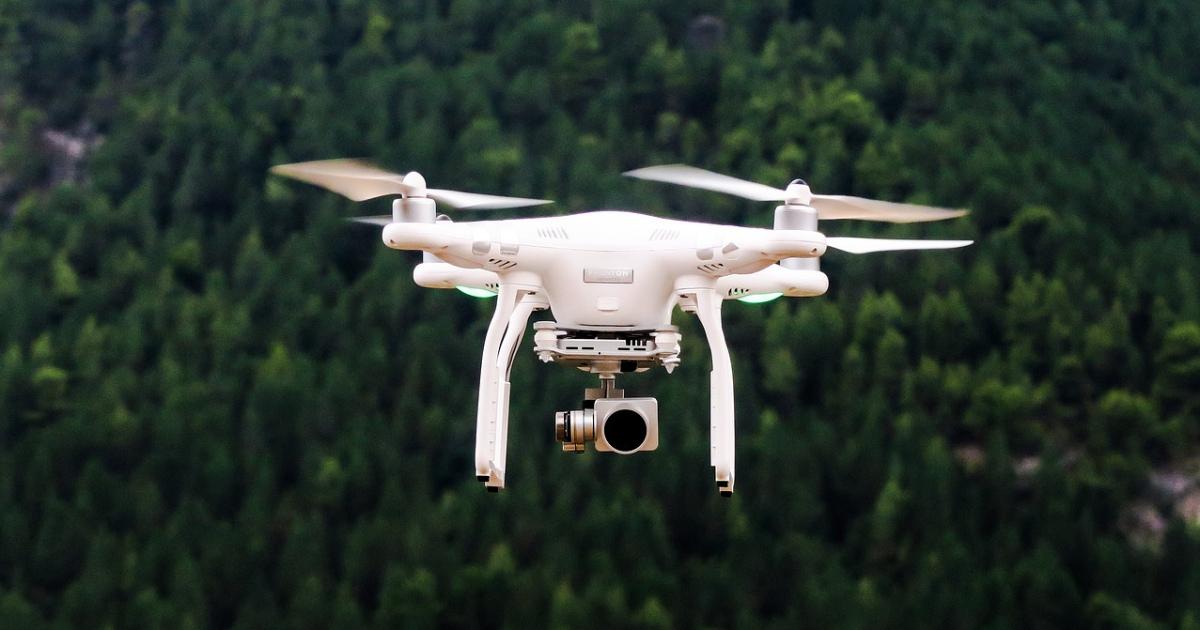- 2.5Impact Factor
- 5.5CiteScore
- 20 daysTime to First Decision
Technical Advances in UAV Photogrammetry and Remote Sensing
This special issue belongs to the section “Earth Sciences“.
Special Issue Information
Dear Colleagues,
This issue is presented as an element that enables us to connect trends in research in the field of remote data collection, especially through the use of different sensors attachable to UAVs: from RGB to infrared or LIDAR sensors, among others. Articles related to the use of non-airborne remote sensors may also be sent.
The topics addressed include, but are not limited to, the methodologies, design, use and results obtained from the application of these remote sensors for the development of technologies that represent an advance towards sustainable progress and an improvement in performance in fields as broad as civil engineering, mining, agronomy, industry, heritage, photogrammetry, remote sensing, etc.
All researchers are encouraged to submit the results of their latest research and findings as full-length articles or reviews.
Prof. Dr. Julio Manuel De Luis-Ruiz
Dr. José Antonio Domínguez-Gómez
Dr. Raúl Pereda-García
Dr. Rubén Pérez-Álvarez
Guest Editors
Manuscript Submission Information
Manuscripts should be submitted online at www.mdpi.com by registering and logging in to this website. Once you are registered, click here to go to the submission form. Manuscripts can be submitted until the deadline. All submissions that pass pre-check are peer-reviewed. Accepted papers will be published continuously in the journal (as soon as accepted) and will be listed together on the special issue website. Research articles, review articles as well as short communications are invited. For planned papers, a title and short abstract (about 250 words) can be sent to the Editorial Office for assessment.
Submitted manuscripts should not have been published previously, nor be under consideration for publication elsewhere (except conference proceedings papers). All manuscripts are thoroughly refereed through a single-blind peer-review process. A guide for authors and other relevant information for submission of manuscripts is available on the Instructions for Authors page. Applied Sciences is an international peer-reviewed open access semimonthly journal published by MDPI.
Please visit the Instructions for Authors page before submitting a manuscript. The Article Processing Charge (APC) for publication in this open access journal is 2400 CHF (Swiss Francs). Submitted papers should be well formatted and use good English. Authors may use MDPI's English editing service prior to publication or during author revisions.
Keywords
- UAV applications
- LIDAR sensors
- thermal sensors
- RGB sensors
- photogrammetry
- modelling
- image processing
- bathymetries
- teledetection

Benefits of Publishing in a Special Issue
- Ease of navigation: Grouping papers by topic helps scholars navigate broad scope journals more efficiently.
- Greater discoverability: Special Issues support the reach and impact of scientific research. Articles in Special Issues are more discoverable and cited more frequently.
- Expansion of research network: Special Issues facilitate connections among authors, fostering scientific collaborations.
- External promotion: Articles in Special Issues are often promoted through the journal's social media, increasing their visibility.
- e-Book format: Special Issues with more than 10 articles can be published as dedicated e-books, ensuring wide and rapid dissemination.

